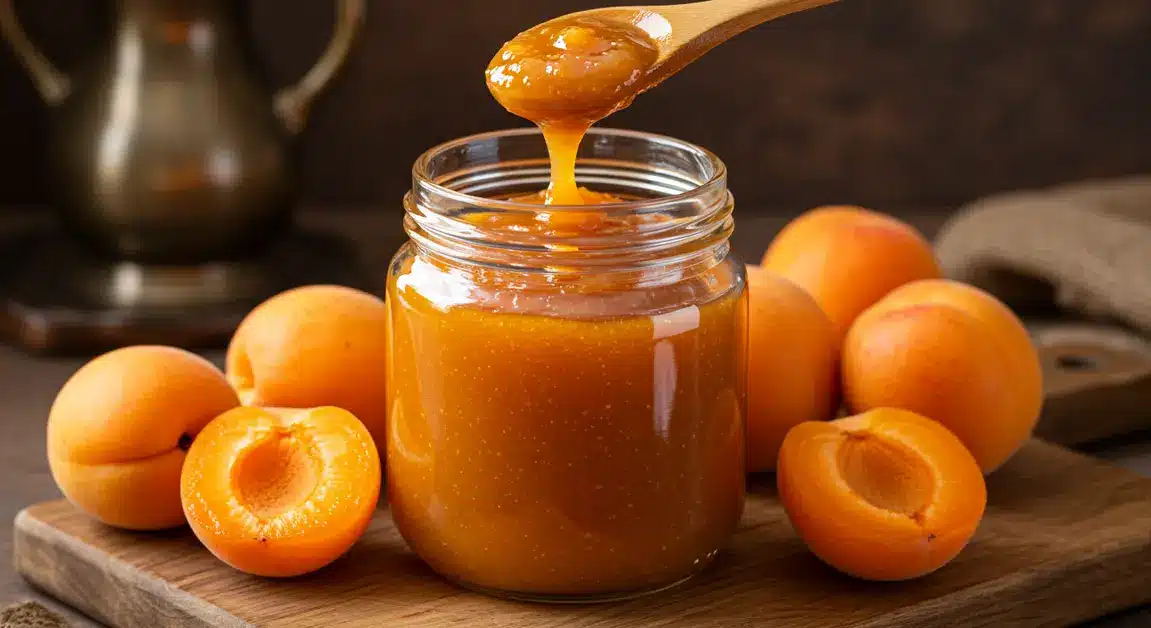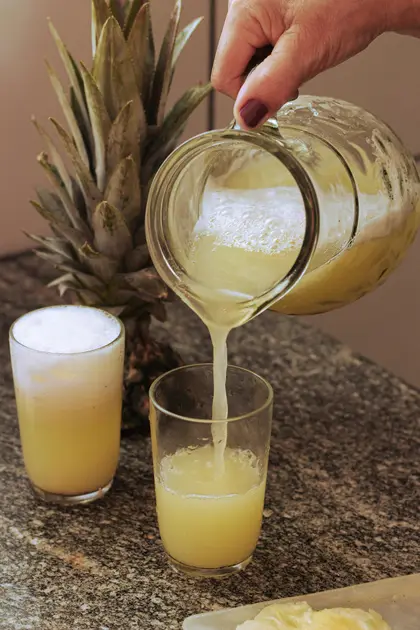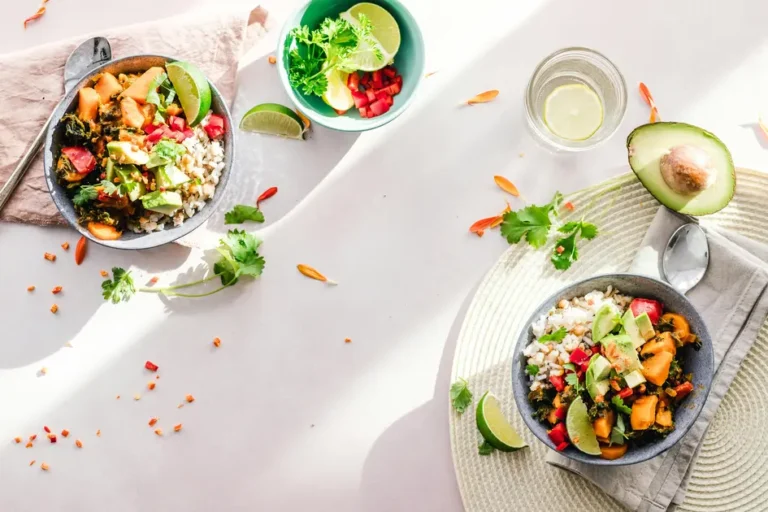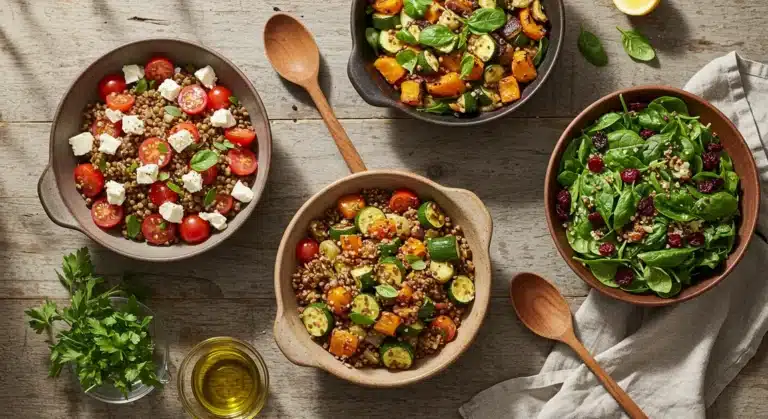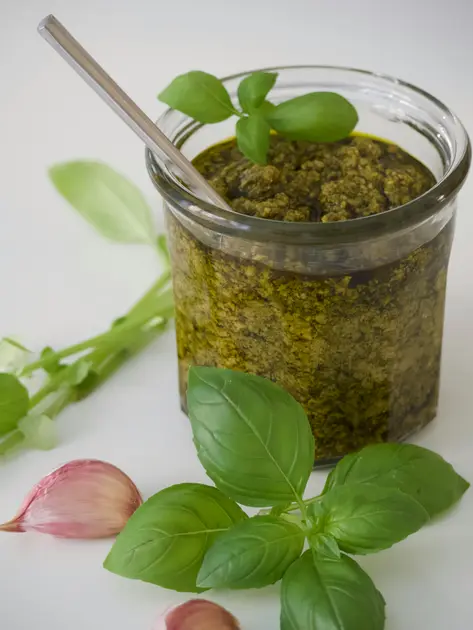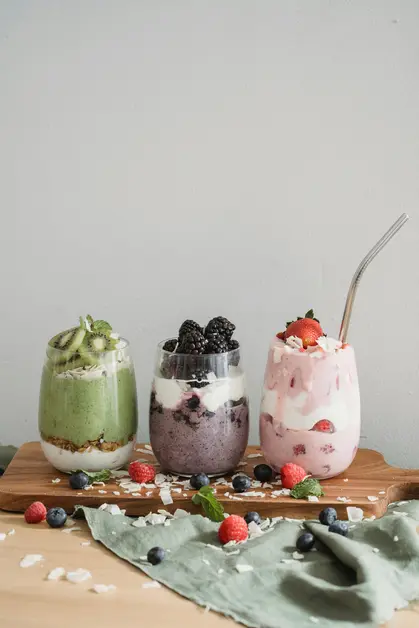🍑 Homemade Apricot Butter: The Golden Spread That Will Transform Your Breakfast Forever
There’s something magical about the first taste of homemade apricot butter, that moment when the concentrated sweetness of sun-ripened apricots meets your palate, delivering a warmth that store-bought versions simply can’t replicate. I still remember my grandmother’s kitchen filled with the intoxicating aroma of simmering apricots, transforming humble fruit into liquid gold that would grace our breakfast table for months.
Making apricot butter at home isn’t just about creating a delicious spread; it’s about connecting with generations of home cooks who understood that the best flavors come from patience, love, and quality ingredients. This comprehensive guide will walk you through every step of creating your batch of this heavenly preserve, ensuring you achieve that perfect balance of sweetness and texture that makes apricot butter so irresistible.
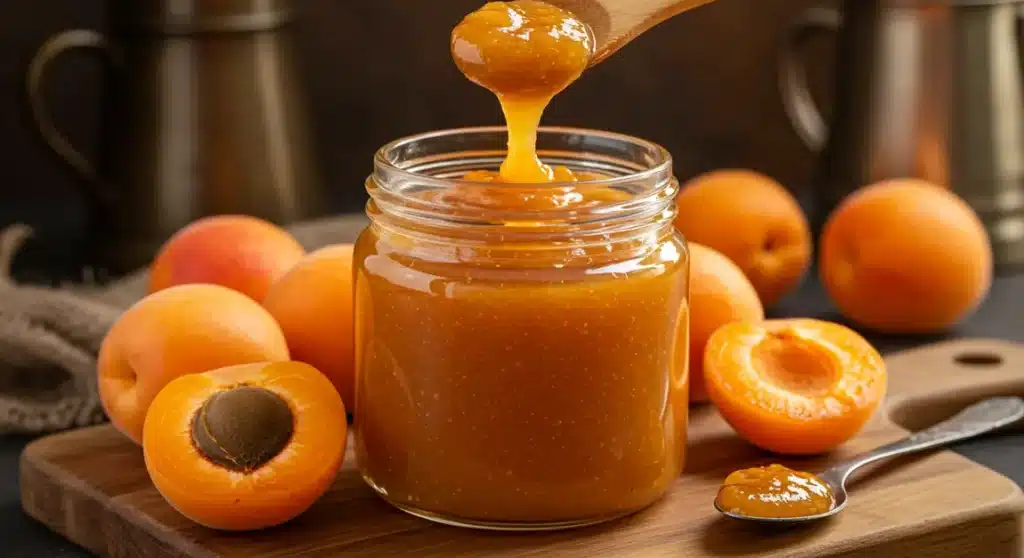
Table of Contents
🌟 Why This Apricot Butter Recipe Works
The secret to exceptional apricot butter lies in understanding the fruit’s natural characteristics. Unlike jam, which retains fruit pieces, apricot butter achieves its signature smooth, spreadable consistency through slow cooking and careful attention to moisture content. This recipe has been perfected through countless batches, incorporating techniques that maximize flavor while ensuring food safety and longevity.
Our approach focuses on three key principles: selecting the right apricots, maintaining proper cooking temperatures, and achieving the ideal consistency. By following these guidelines, you’ll create an apricot butter that rivals any artisanal version, with a depth of flavor that comes from understanding the cooking process rather than rushing through it.
🛠️ Equipment Needed
To create the perfect apricot butter, having the right tools makes all the difference. Here’s what you’ll need:
• Heavy-bottomed saucepan or Dutch oven (at least 4-quart capacity) • Wooden spoon or heat-resistant silicone spatula • Immersion blender or food processor • Fine-mesh strainer or food mill • Candy thermometer (optional but recommended) • Sterilized glass jars with tight-fitting lids • Ladle for transferring hot butter • Kitchen towels for cleanup • Parchment paper or wax paper for testing consistency
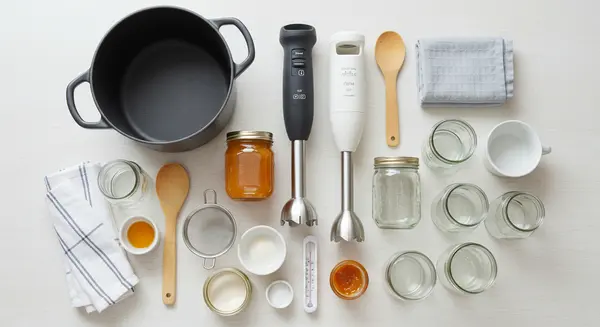
🍑 Selecting Perfect Apricots for Your Butter
The foundation of extraordinary apricot butter begins with choosing the right fruit. Look for apricots that yield slightly to gentle pressure but aren’t mushy. The skin should have a vibrant orange color with a subtle blush, and the fruit should emit a sweet, floral fragrance near the stem end.
Slightly overripe apricots work wonderfully for apricot butter, as they contain more natural sugars and break down more easily during cooking. Don’t shy away from fruit that might be too soft for eating fresh – these often produce the most flavorful butter. If you’re working with harder apricots, allow them to ripen at room temperature for one to two days before cooking.

📝 The Ultimate Apricot Butter Recipe
Ingredients:
- 3 pounds fresh apricots, pitted and chopped
- 1 cup granulated sugar (adjust to taste)
- 2 tablespoons fresh lemon juice
- 1 teaspoon vanilla extract
- 1/2 teaspoon ground cinnamon
- 1/4 teaspoon ground nutmeg
- Pinch of salt
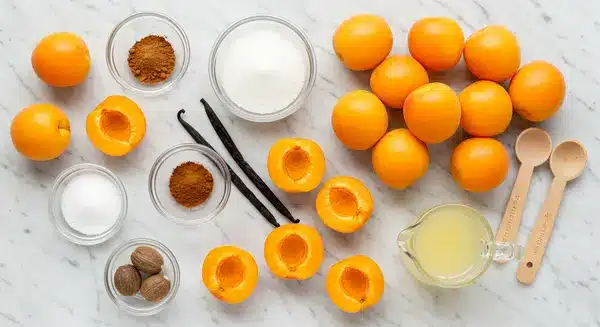
Instructions:
Step 1: Prepare the Apricots. Begin by washing your apricots thoroughly under cold running water. Cut each apricot in half, remove the pit, and chop the fruit into roughly uniform pieces. Don’t worry about perfect uniformity – the cooking process will break everything down beautifully.
Step 2: Initial Cooking Place the chopped apricots in your heavy-bottomed saucepan and cook over medium heat for 10-15 minutes, stirring occasionally. The fruit will begin releasing its natural juices, creating a bubbling mixture. This initial cooking phase helps break down the fruit’s cellular structure.
Step 3: Add Sweeteners and Spices Once the apricots have softened considerably, add the sugar, lemon juice, vanilla extract, cinnamon, nutmeg, and salt. The lemon juice not only adds brightness but also helps with natural pectin activation, contributing to the butter’s eventual consistency.
Step 4: Long, Slow Cooking Reduce the heat to low and continue cooking for 45-60 minutes, stirring every 10-15 minutes to prevent sticking. The mixture should bubble gently rather than boil vigorously. You’ll notice the color deepening and the consistency becoming more concentrated.
Step 5: Achieve Perfect Smoothness. Using an immersion blender, carefully blend the mixture until smooth. Alternatively, you can transfer portions to a food processor, but be extremely careful with the hot mixture. For the silkiest texture, pass the blended mixture through a fine-mesh strainer.
Step 6: Final Cooking Phase Return the smooth mixture to the saucepan and continue cooking for an additional 15-20 minutes, stirring frequently. The apricot butter is ready when it holds its shape on a spoon and doesn’t immediately flow back together when you draw a line through it with your spatula.
🎯 Achieving the Perfect Consistency
The hallmark of excellent apricot butter is its consistency, thick enough to spread without dripping, yet smooth enough to glide effortlessly across bread. Test your butter’s doneness by placing a small spoonful on a chilled plate. If it holds its shape and doesn’t spread out immediately, you’ve achieved the perfect consistency.
Temperature plays a crucial role in this process. The mixture should reach approximately 220°F (104°C) for optimal thickness. If you don’t have a thermometer, use the “spoon test” when the butter falls from a spoon in a thick, continuous ribbon rather than individual drops; it’s ready.
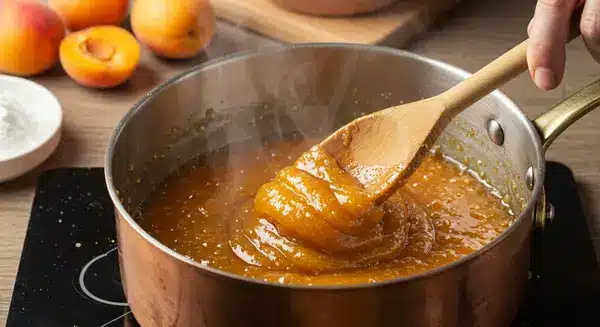
🏺 Proper Storage and Preservation
Homemade apricot butter can be stored in several ways, depending on your intended use timeline. For immediate consumption within 2-3 weeks, simply transfer the hot butter to sterilized jars, leaving 1/4 inch headspace, and refrigerate once cooled.
For longer-term storage, consider water bath canning. Fill sterilized jars with hot apricot butter, leaving proper headspace, and process in a boiling water bath for 10 minutes. This method allows your apricot butter to remain shelf-stable for up to one year when stored in a cool, dark place.
🍴 Creative Ways to Enjoy Your Apricot Butter
The versatility of apricot butter extends far beyond simple toast spreading. This golden treasure enhances both sweet and savory applications. Try it as a glaze for roasted chicken or lamb, swirled into yogurt for an instant dessert, or used as a filling for thumbprint cookies.
For breakfast enthusiasts, apricot butter transforms ordinary pancakes and waffles into gourmet experiences. It also makes an excellent base for salad dressings when thinned with olive oil and vinegar, adding a subtle fruity sweetness that complements bitter greens beautifully.
🔬 The Science Behind Perfect Apricot Butter
Understanding the science behind apricot butter helps ensure consistent results every time. The cooking process concentrates flavors while evaporating excess moisture, creating the characteristic thick consistency. Natural pectin in the fruit, enhanced by the lemon juice’s acidity, helps achieve the proper gel-like texture.
The Maillard reaction, which occurs during the long cooking process, develops complex flavors and the beautiful amber color associated with high-quality apricot butter. This is why patience during cooking is essential – rushing the process results in a product that lacks the depth and complexity of properly made apricot butter.
🎨 Customization and Flavor Variations
While our base recipe creates exceptional apricot butter, don’t hesitate to experiment with complementary flavors. A touch of fresh ginger adds warmth and complexity, while a hint of cardamom creates an exotic twist. For those who enjoy subtle heat, a pinch of cayenne pepper provides an unexpected but delightful contrast to the fruit’s sweetness.
Consider creating seasonal variations by incorporating other fruits during peak season. A small amount of peach or nectarine can add complexity, while a handful of fresh berries introduces beautiful color variations and additional flavor notes.
🌍 Cultural Significance and Historical Context
Apricot butter holds special significance in many culinary traditions, particularly in regions where apricots grow abundantly. This preservation method allowed families to enjoy the fruit’s goodness long after harvest season ended, making it a valuable pantry staple in pre-refrigeration times.
The technique of making fruit butters represents humanity’s ingenuity in food preservation, transforming perishable ingredients into shelf-stable delicacies. By making your apricot butter, you’re participating in this ancient tradition while creating something uniquely yours.
🍯 Troubleshooting Common Issues
Even experienced cooks sometimes encounter challenges when making apricot butter. If your butter seems too thin after the recommended cooking time, continue cooking while stirring frequently; every batch of fruit contains different moisture levels. Conversely, if it becomes too thick, add a tablespoon of water or apple juice to achieve the desired consistency.
Crystallization can occur if the mixture gets too hot or if sugar concentrates too quickly. To prevent this, maintain gentle heat and stir regularly. If crystallization does occur, adding a small amount of lemon juice can help resolve the issue.
📈 Nutritional Benefits of Homemade Apricot Butter
Beyond its incredible taste, apricot butter provides valuable nutritional benefits. Apricots are rich in vitamin A, which supports eye health and immune function. They also contain vitamin C, potassium, and dietary fiber. By making your apricot butter, you control the sugar content and avoid unnecessary preservatives found in commercial versions.
The concentrated nature of apricot butter means you get more nutrients per serving compared to fresh fruit, making it an excellent way to boost your daily intake of beneficial compounds naturally present in apricots.
🎁 Gift-Giving and Presentation Ideas
Homemade apricot butter makes an exceptional gift that shows thoughtfulness and care. Present it in attractive glass jars with handwritten labels detailing the creation date and any special ingredients used. Consider pairing it with artisanal bread or gourmet crackers for a complete gift basket.
For special occasions, create custom flavor combinations that reflect the recipient’s preferences. A batch infused with their favorite spices or combined with complementary fruits shows the personal attention that makes homemade gifts so meaningful.

🏆 Expert Tips for Success
Professional chefs and experienced home cooks share several secrets for achieving exceptional apricot butter. First, never rush the cooking process – low and slow cooking develops superior flavors. Second, taste and adjust seasonings throughout the process, as fruit sweetness can vary significantly between batches.
Always use clean, sterilized equipment to prevent contamination and ensure food safety. Keep detailed notes about your variations and timing, as this information becomes invaluable for replicating successful batches and avoiding previous mistakes.
🔄 Seasonal Cooking and Batch Planning
The best time to make apricot butter is during peak apricot season, typically mid-summer, when fruit is most abundant and affordable. However, you can successfully make smaller batches throughout the year using high-quality frozen apricots, though the flavor may be slightly different from fresh fruit versions.
Consider making large batches during peak season to last throughout the year. This approach not only saves money but also ensures you always have this delicious spread available for spontaneous cooking projects or unexpected guests.
💡 Innovation and Modern Techniques
While traditional methods produce excellent results, modern kitchen equipment can enhance the apricot butter-making process. Slow cookers allow for hands-off cooking with minimal stirring, while pressure cookers can reduce initial cooking time significantly. However, the final concentration phase still requires traditional stovetop methods for optimal results.
Some innovative cooks experiment with dehydrators for the final drying phase, though this requires careful monitoring to prevent over-drying. The key is understanding how different techniques affect the final product and choosing methods that fit your schedule and equipment availability.
🏃♀️ Quick Reference Guide
For busy home cooks, here’s a condensed version of the process: Chop 3 pounds of apricots, cook with 1 cup sugar and seasonings for 60-75 minutes total, blend until smooth, and test for proper consistency. The entire process takes approximately 2 hours from start to finish, with most of that time being hands-off simmering.
Remember that apricot butter continues to thicken as it cools, so don’t over-cook trying to achieve the final consistency while hot. A slightly loose hot mixture often yields perfectly thick cooled butter.
🤝 Building Community Through Cooking
Making apricot butter often becomes a family activity, with multiple generations participating in the process. Children can help with initial fruit preparation, while adults handle the hot cooking phases. This shared experience creates lasting memories while teaching valuable cooking skills.
Consider organizing apricot butter-making sessions with friends or neighbors, especially when fruit is abundant. These gatherings combine social interaction with productive cooking, often resulting in recipe exchanges and new friendships built around shared culinary interests.
📊 Frequently Asked Questions
Q: How long does homemade apricot butter last? A: Properly stored in the refrigerator, homemade apricot butter lasts 2-3 weeks. When properly canned using water bath methods, it remains shelf-stable for up to one year.
Q: Can I reduce the sugar content in this recipe? A: Yes, but understand that sugar acts as a preservative and affects consistency. Reducing sugar may result in a thinner product with shorter shelf life. Consider using natural sweeteners like honey or maple syrup as partial substitutes.
Q: What’s the difference between apricot butter and apricot jam? A: Apricot butter is cooked longer and blended smooth, resulting in a spreadable consistency without fruit pieces. Jam retains fruit pieces and has a more gel-like texture from added pectin.
Q: Can I make this recipe with frozen apricots? A: Absolutely! Thaw frozen apricots completely and drain excess liquid before cooking. The cooking time may be slightly longer due to additional moisture content.
Q: Why did my apricot butter turn out too thick? A: Overcooking is the most common cause. If it’s too thick, gently reheat while stirring in small amounts of water or apple juice until you reach the desired consistency.
Q: Can I double this recipe? A: Yes, but use a larger pot and extend cooking time accordingly. Larger batches take longer to reach proper consistency, so plan for additional cooking time.
Q: Is it safe to can apricot butter at home? A: Yes, when following proper canning procedures. Use tested recipes, sterilized equipment, and appropriate processing times for your altitude.
Q: What causes apricot butter to crystallize? A: High temperatures or rapid temperature changes can cause crystallization. Cook at moderate heat and stir regularly to prevent this issue.
Making homemade apricot butter represents more than just food preparation – it’s a celebration of seasonal abundance, family traditions, and the simple pleasure of creating something beautiful from basic ingredients. The time invested in this process rewards you with jars of golden sweetness that transform ordinary meals into memorable experiences.
Whether you’re continuing a family tradition or starting a new one, this comprehensive guide provides everything needed to create apricot butter that rivals any commercial version. The key lies in patience, quality ingredients, and understanding that the best flavors develop through time and careful attention.
Your kitchen will be filled with the most incredible aroma as this magical transformation takes place, and that first taste of your homemade apricot butter will remind you why some things are worth making from scratch. Share your creation with loved ones, and watch as this simple spread becomes a cherished part of your culinary repertoire.
For more recipes, click here!!!

